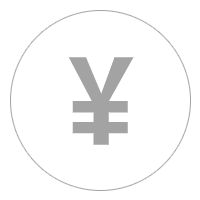Board meetings can be thrilling but also exhausting and tiring all at the same time. They also provide a chance to establish relationships and build connections that can benefit your career and your company in the long run.
To keep board members involved and focused, design an agenda that is clear in advance and prioritize items based on importance. Include brief descriptions of each item to allow board members to arrive to the meeting prepared and ready to discuss. Set time restrictions for each item to keep discussions from becoming lengthy virtual data rooms and to ensure that important decisions are made quickly.
During the first agenda item, give brief information on how the company has performed since the last board meeting. Highlight the company’s achievements and milestones as well as areas for improvement, such as not meeting sales targets or increasing expenses. This will set the stage for productive, results-oriented discussions.
The second item on the agenda is typically a discussion about the company’s strategic plan and key performance indicators (KPIs) for each of those strategies. This will include the strategies’ goals, what is required to achieve each goal and a timeframe for taking action. This will provide the board with an understanding of how the business is developing and the likelihood of achieving its goals.
To ensure a productive discussion, make sure you schedule your most important agenda items prior to the meeting, when board members are at their most efficient and capable of making sound decisions. Also, plan your least important agenda items toward the end of the meeting so that they aren’t pushed off to the side and then neglected.
鹏友法律咨询|版权所有
发表评论
电子邮件地址不会被公开。 必填项已用*标注



